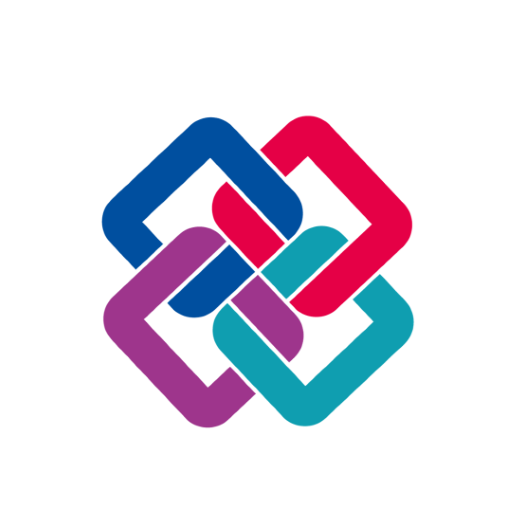Because it is the right moment. As the Construction Industry lives disruptive changes, European Commission (EC) is now deeply involved in digitalization of building and infrastructure sectors for climate issues… but without the knowledge of openBIM maturity and benefits.
The European Parliament has introduced the BIM concept with the 2014 directive and the creation of the EU BIM Task Group in 2016. In 2020, priority was given to sectors facing the greatest challenges – of digitalization and environmental sustainability – including Construction. Different support policies have also been developed by the European Commission through projects founded, for instance in Horizon 2020. So, the EC is adopting a new strategy which emphasizes the need to further accelerate the green and digital transitions, to increase the resilience of EU industrial ecosystems and to advance Europe’s competitiveness and sovereignty.
In 2021 a co-creation process was initiated with the High Level Construction Forum (HLCF). The EC continues to make progress on several target construction issues – digital building permit[1], digital building logbooks (DBL) [2] – and more generally on e-procurement[3], Taxonomy[4], Level(s) framework[5], CPR[6]
- DG GROW is continuing its efforts to link the “Digital decade” and the “Green deal” with a strategy announced in March 2023: “Transition Pathway for Construction” (https://ec.europa.eu/docsroom/documents/53854 ).
- It is not the only one acting: EU DG EISMEA (Innovation), EU DG FISMA (Financial), EU DG Connect and of course EU DG Climat are also working on digitalization and data continuity. For instance, EU funding instruments are supporting efforts to protect the EU’s infrastructure against climate change, such as the InvestEU program and the cohesion and regional development funds. There is also another program for a Digital Europe: Digital[7].
- There are also initiatives at European level as several JRC reports have been published since 2021 on Net Zero Carbon and construction (JRC Publications Repository – Assessing Nearly Zero Energy Buildings (NZEBs) development in Europe (europa.eu)); also the WBCSD’s PACT program (Le Partenariat pour la transparence carbone (PACT) jette les bases d’un échange normalisé de données sur les émissions – World Business Council for Sustainable Development (WBCSD)) is supported by the EU.
NOTES
[1] Cf In program Horizon, the project ACCORD (Rita Lavikka) https://accordproject.eu/ , avec DigiChecks (Ignacio Rincòn) and CHEK (Francesca Noardo), des projets nationaux comme BRISE Vienna (Christian Schranz and Harald Urban) and RAVA3Pro (Anna-Riitta Kallinen) : https://accordproject.eu/accord-at-the-european-network-for-digital-building-permits-eunet4dbp/
[2] http://www.eubim.eu/wp-content/uploads/2022/12/EU-BIM-TG_GA-2022_GROW-Presentation.pdf
[3] Guidance on Green Public Procurement (GPP) remains optional for authorities purchasing buildings. Guidance on building design, a process for establishing the appropriate level of adaptation and verification processes for identified risks are currently being developed. Once these criteria are published, they will structure public authorities, and could be used beyond this audience for other construction projects.
[4] The EU taxonomy defines a process to be followed so that construction and renovation projects, as well as property investments, can be considered a sustainable economic activity. A risk assessment, as well as adaptation solutions and their implementation in the design, are required for an increasing number of projects.
[5]Levels framework: a European Commission initiative developed by the Joint Research Centre (JRC). Published in 2021, it is based on six macro-objectives that address key aspects of sustainability throughout the building’s lifecycle. Sustainability indicators for each macro-objective describe how building performance can be aligned with EU policy objectives in areas such as energy, materials use and waste, water, indoor air, health and the environment. Two indicators establish a link between climate adaptation and the financial implications for investors, developers and insurers. This tool offers advice on calculating the life-cycle cost of the building and encourages them to examine the relationship between initial costs and costs at the use stage. If future climate risks and energy consumption in response to higher temperatures are taken into account, this exercise reveals the financial implications of current and future design choices.
[6] The proposed revised Construction Products Regulations (CPR 2011) include a requirement for the likely lifetime impacts of climate change to be taken into account in the design of construction products, which is equivalent to the anticipation of climate risks legally required in all standards and technical specifications for construction products.
[7] https://digital-strategy.ec.europa.eu/fr/activities/digital-programme Item “Accelerating the best use of technology – deployment of public services” – 5.2: The programme will advance the digitisation of governments and public administrations, focusing on the preparation of a European identity and trust ecosystem, the exploitation of public procurement markets for digitisation and innovation, the improvement of the interoperability of digital public services, and the digital transformation of justice.
